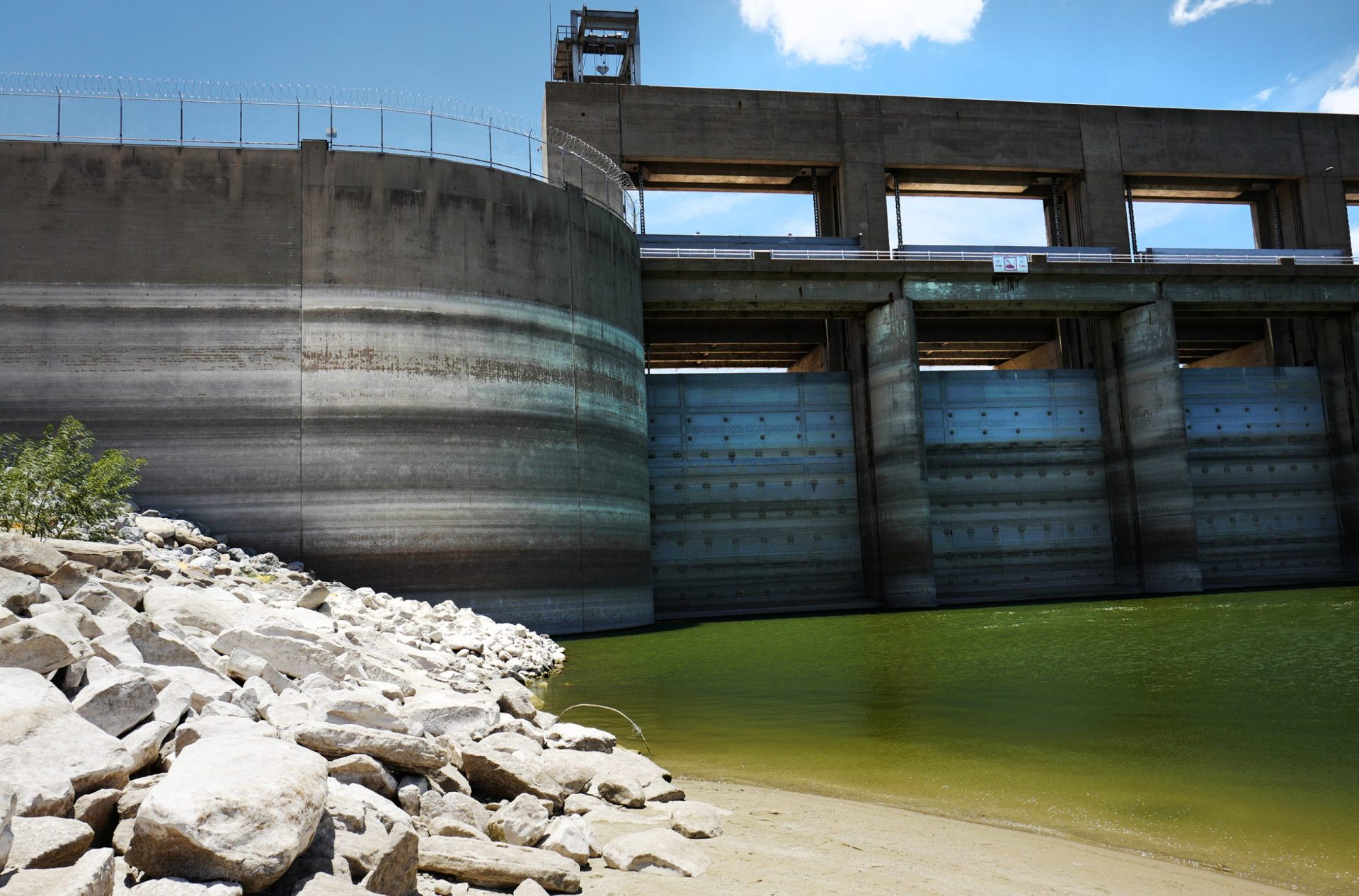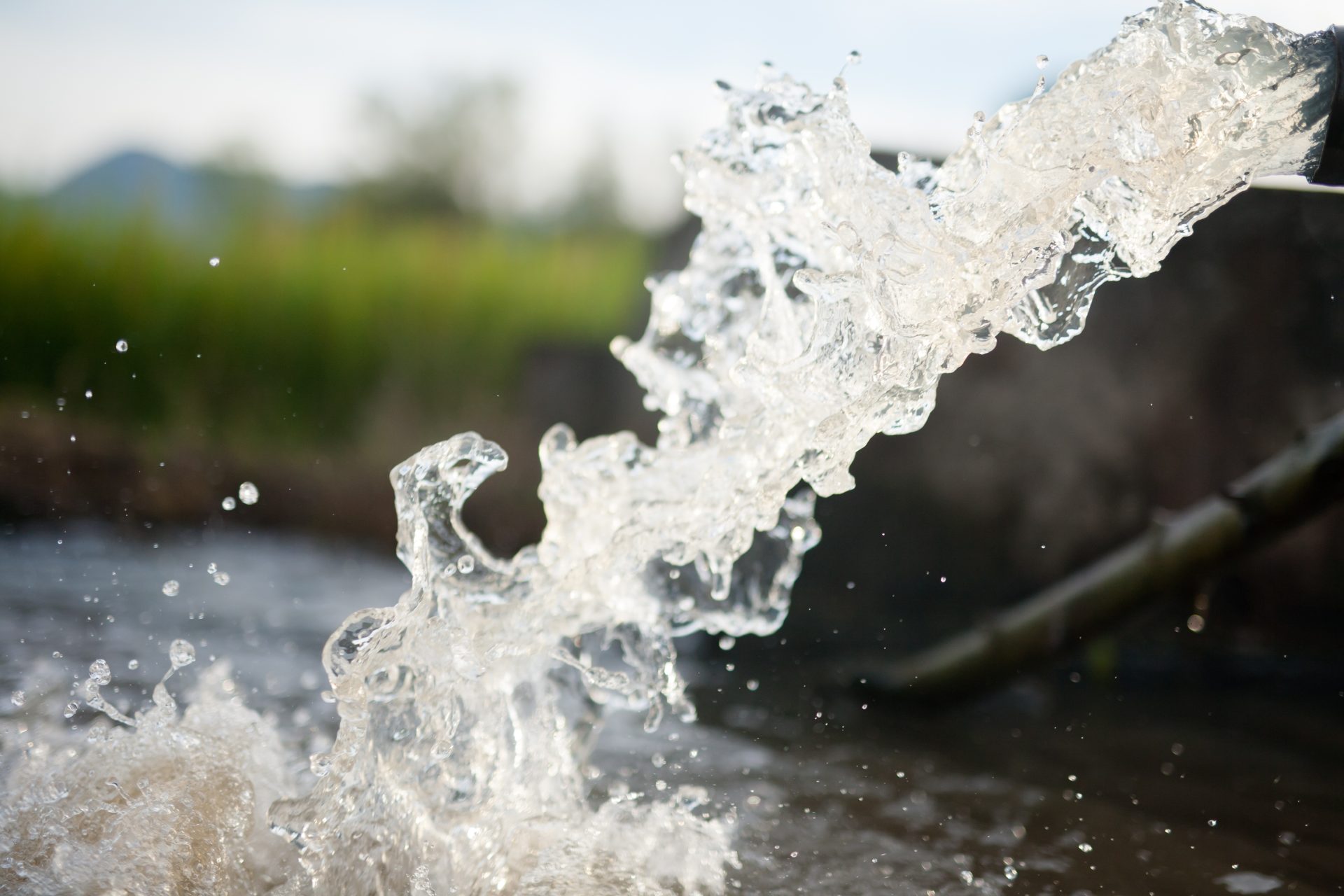|
Only have a minute? Listen instead
Getting your Trinity Audio player ready...
|
The city of Weslaco has become the latest in a long list of Rio Grande Valley communities to implement stricter water conservation measures as lake levels at Falcon and Amistad International Reservoirs continue to plummet.
“Mandatory water conservation has been declared as the water level in the reservoirs have reached 25%,” reads a bulletin posted to the city’s website on Tuesday morning.
The bulletin alerts residents to the implementation of Stage 2 of the city’s water conservation and drought contingency plan.
“Stage 2 pretty much means we’ve gotta restrict the amount of water that our customers are using because we are in a drought issue right now Valleywide,” explained Marcelo Cosme, water and wastewater superintendent for the city of Weslaco.
Ideally, Stage 2 measures are triggered when the combined capacity at the region’s two reservoirs hits or falls below 25%.
Currently, the combined storage levels at the two reservoirs sits at 21.3%, according to Barry Goldsmith, a meteorologist with the National Weather Service in Brownsville.
“We are now at 21.3% on the U.S. side. And we have been below 25% … for more than one month,” Goldsmith said.
The near-historically low lake levels come after a summer full of broken records.
Between June and the end of September, the Valley saw little precipitation, and about three months’ worth of days that reached 100 degrees or greater.
Of the two reservoirs, Amistad is currently in slightly better shape at 31.3% full, as of Tuesday, according to Water Data for Texas, a service of the Texas Water Development Board.
However, Falcon has continued to plummet to historic lows.

It’s currently sitting at 8.9% full, which may be the lowest it’s been since the late 1950s, Goldsmith said. And it’s akin to the summer of 2022, when similarly low levels exposed the foundations of the dam’s spill gates to open air.
Exacerbating the issue is the continued failure of Mexico in fulfilling water deliveries that it is treaty obligated to make to the United States.
Mexico is approximately two years behind in releasing water from the six Mexican tributaries that feed the Rio Grande — a dilemma that has begun to spark a ramping up of political pressure between the two countries.
Closer to home, Weslaco’s Stage 2 measures call for residents to limit how often they irrigate their lawns, wash their cars or fill their pools.
As of Tuesday, Weslaco residents are only permitted to conduct such activities once a week.
For residents whose home address ends in an odd number, that day is Tuesday between 7 p.m. and 7 a.m.
For those with even-numbered addresses, it’s Thursday between 7 p.m. and 7 a.m.
Car washing must be done using a bucket.
Folks may still use a handheld garden hose or drip irrigation system to water their lawns on the other six days.
Ornamental fountains without a water recycling system are no longer permitted while the Stage 2 restrictions are in effect.
Commercial car washes are also asked to minimize water usage.
Furthermore, residents must repair any leaky pipes inside or outside their homes, and prevent water from running into the gutter.
Cosme said the mandatory conservation measures will take some getting used to, but shouldn’t otherwise affect Weslaco residents’ day-to-day lives.
“They can continue to live their life normally and adjust to the new schedule and the restrictions based on the times that they can use the water,” Cosme said.
He reminded residents that it’s not just the Mid-Valley, but everyone in deep South Texas who is affected.
“Be conservative and be patient with us. This is not an issue from the city, it’s a Valley-wide issue,” he said.
But Goldsmith, the meteorologist, said there is a glimmer of hope in the near future.
Weather forecasters are hopeful that a tropical weather system in the Eastern Pacific Ocean may “recurve” back toward the Mexican coast and eventually bring with it precipitation that could benefit the Rio Grande watershed.
“The pattern is looking more favorable for some kind of water to drain into Amistad, Falcon or both after a week’s time from today,” Goldsmith said on Tuesday.
The most favorable outcome would be if the tropical weather system heads westward and combines with weather disturbances originating in the western United States to create what Goldsmith referred to as “an atmospheric river type event.”
“Those are unanswered questions now, but the potential exists for that to happen,” Goldsmith said.
For now, it’s too early to tell.
“Bottom line, though, is we need a lot more water in the reservoir,” he said.





